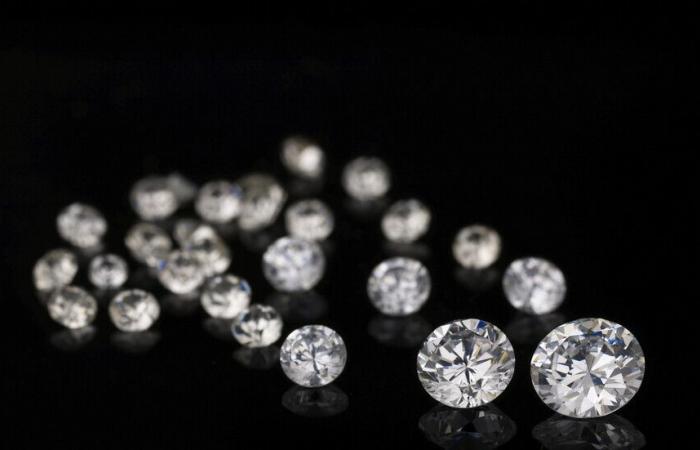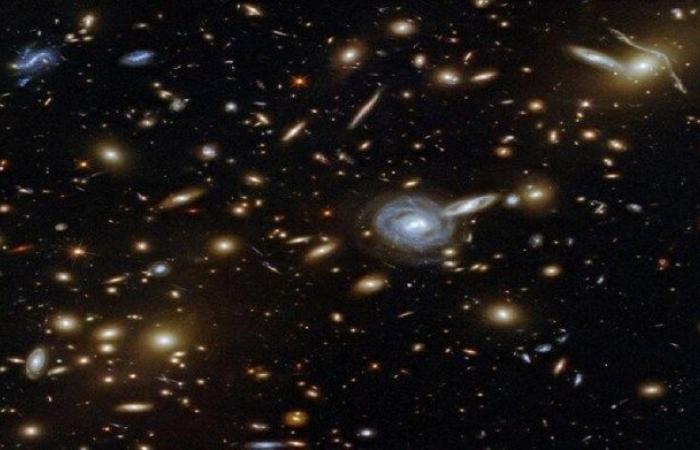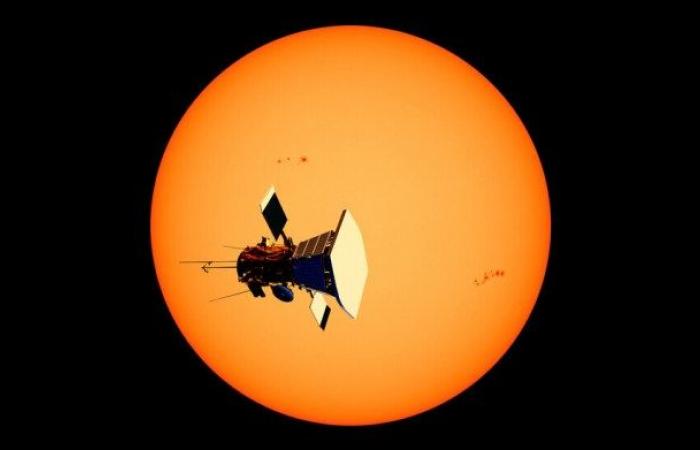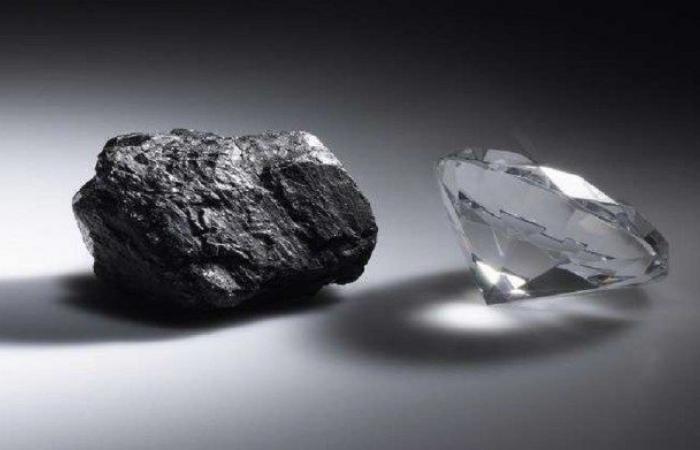Uranus and Neptune are often thought of as just the uninteresting planets in our solar system. But beneath the outer layers of these worlds, there may be something astonishing: a “continuous rain of diamonds.”


Astronomers commonly refer to Uranus and Neptune as “ice giants”, although this term is often used to describe planets outside the solar system.
Confusingly, the name has nothing to do with snow in the sense we usually know it. This name is due to distinguish what these planets are made of, as the gas giants in the solar system, Jupiter and Saturn, are made almost entirely of gas: hydrogen and helium. Through the rapid accumulation of these elements, these massive planets were able to swell to their current size.
In contrast, most of Uranus and Neptune are made of water, ammonia, and methane. Astronomers call these particles “ice”, but there’s no good reason for that, except that when planets first formed, these elements were most likely in solid form.
And in the depths of the green or blue cloud tops of Uranus and Neptune, there is plenty of water, ammonia and methane. But these ice giants likely have rocky cores surrounded by potentially compressed elements in strange quantum states.

At some point, this quantum weirdness turns into a highly pressurized “soup” that generally subsides as it nears the surface.
But, in truth, we don’t know much about the interiors of the ice giants. The last time we got close-up data on these two worlds was three decades ago, when Voyager 2 launched on its historic mission.
Since then, both Jupiter and Saturn have hosted many orbiting probes, yet our views of Uranus and Neptune have been limited to telescope observations.
To try to understand what’s inside these planets, astronomers and planetary scientists have to take that tiny data and combine it with lab experiments that try to replicate the conditions of those inner planets.
In addition, they use some good old math, which helps to understand what is happening in a given situation based on limited data.
Through this combination of mathematical modeling and laboratory experiments, we realized that Uranus and Neptune may have what are called diamond rains.
read more

The diamond rain idea was first proposed before the Voyager 2 mission, which was launched in 1977.
Mathematical modeling helps fill in some of the details, such as that the deeper regions of these planets’ mantles contain temperatures somewhere around 7,000 K (12,140 degrees Fahrenheit, or 6,727 degrees Celsius) and pressure 6 million times Earth’s atmospheric pressure.
These same models tell us that the outer layers of the mantle are somewhat cooler, at an estimated 2,000 K (3,140 F, or 1,727 C)—and somewhat less pressure (200,000 times the pressure of Earth’s atmosphere).
So, it’s only natural to ask: What happens to water, ammonia, and methane at these kinds of temperatures and pressures?
And with methane, in particular, intense pressures can fracture the molecule, releasing carbon. Then the carbon finds its siblings, and forms long chains. The long chains are then pressed together to form diamond-like crystal patterns.
Then the dense diamond formations fall through the mantle layers until they become extremely hot, where they evaporate and float again and repeat the cycle, hence the term “diamond rain”.
The best way to validate this idea is to send a spacecraft to Uranus or Neptune. And that won’t be an option soon, so we’ll have to take a second, better approach, which is lab experiments.
read more

On Earth, we can fire powerful lasers at targets to replicate the temperatures and pressures inside the ice giants for a very brief time. One experiment, using hydrocarbon polystyrene (C8H8) instead of methane (CH4), made nano-sized diamonds. Uranus and Neptune don’t contain huge amounts of polystyrene, but it was much easier to work with than methane in the lab, and presumably behaves very similarly.
Also, Uranus and Neptune can maintain these pressures for much longer than a lab laser, so diamonds are supposed to grow much larger than the nanoscale.
The bottom line: Based on everything we know about the formation and internal structures of ice giants, the results of our lab experiments, and our mathematical modeling, “diamond rain” on these planets is very real.
Source: myspace


These were the details of the news Scientists prove in the laboratory the reality of “diamond rain” on... for this day. We hope that we have succeeded by giving you the full details and information. To follow all our news, you can subscribe to the alerts system or to one of our different systems to provide you with all that is new.
It is also worth noting that the original news has been published and is available at eg24.news and the editorial team at AlKhaleej Today has confirmed it and it has been modified, and it may have been completely transferred or quoted from it and you can read and follow this news from its main source.






